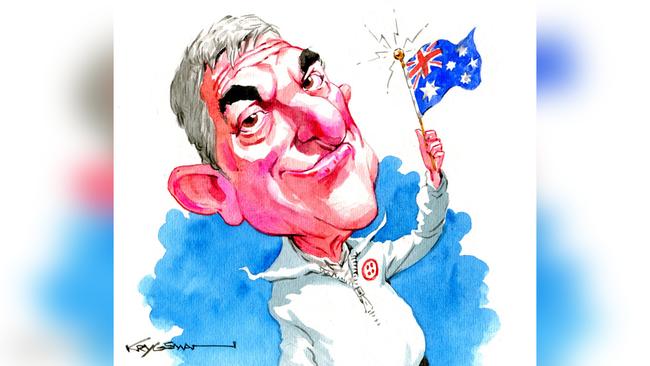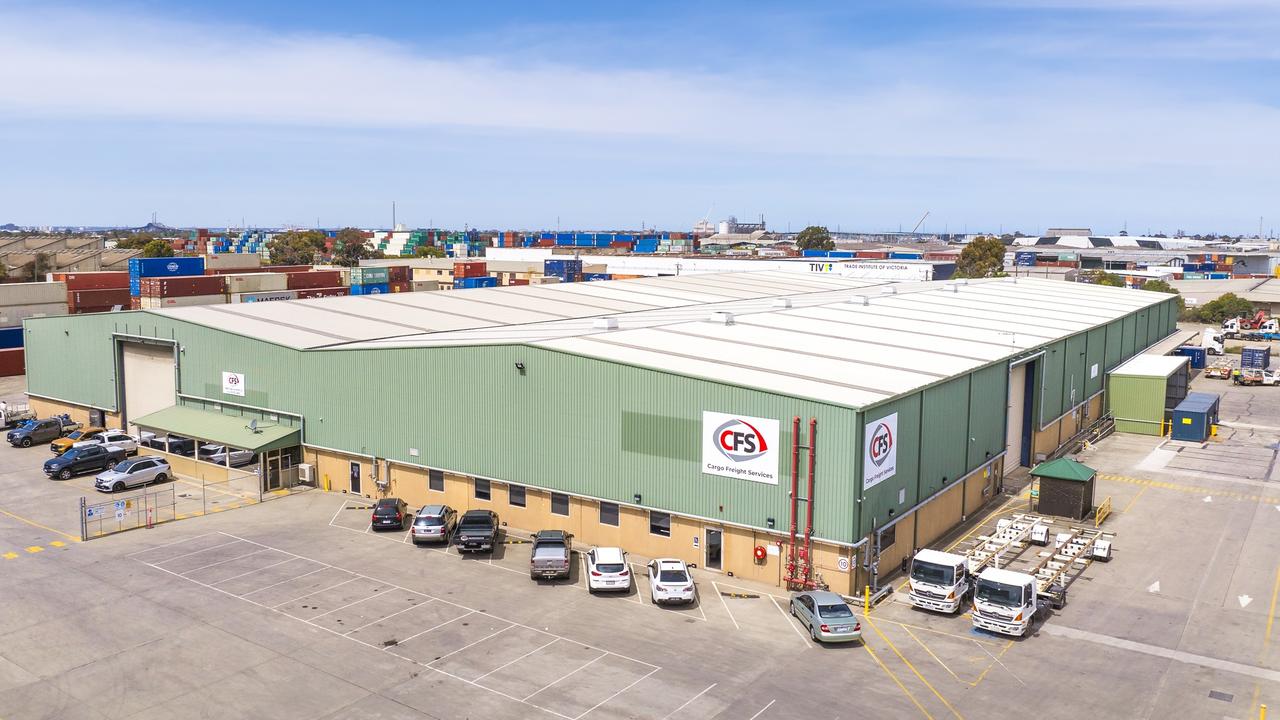
The notification thresholds are subject to final negotiations but are due to be released in the next week or two ahead of a proposed deadline for comments on the draft legislation changes in mid-August. The threshold issue was released separately at the BCA’s suggestion to provide some clear air.
The ACCC had originally suggested a threshold of $35m but the government now proposes one over $100mn subject to final interpretation, given the metrics used range from deal value to combined turnover to supply and market control.
This leaves plenty of regulator wriggle room, especially as the ACCC can designate certain industries for compulsory notification, which will include supermarkets, digital platforms, banking and energy.
The government has backed some big business objections to the ACCC’s suggested reforms, including a reversal of the onus of proof so merger parties have to prove their deal didn’t breach the rules. But the ACCC emerges with considerably more power because when deals are notified they can’t proceed until they have cleared by the regulator.
Appeals to the court are only allowed on merit grounds whereas today merger parties can go directly to court to get a deal ticked.
In the US the FTC or Department of Justice must go to court to block a deal so the ACCC will have more administrative power.
The draft rules released this week impose more conditions on the ACCC to define markets when it begins so-called phase two investigations that will last for three months.
While there is debate over the merger rules there is no disputing the reality that they are essentially drawing a line in the sand in the hope of holding back more consolidation.
The aim is to prevent raising the barriers to market entry. If the government really wanted to create more competition, it would allow new competitors either through government intervention or technology. This could be state government controls over monopoly toll road operator Transurban, changing the rules to let super funds lend to retail customers for property, or changes to land zoning to stop the big supermarkets and property companies monopolising land control.
The ACCC rightly argues that good competition policy needs both strong merger laws and government policy. Some argue the latter is subject to democratic elections, while granting bureaucrats unchecked powers is not.
The bottom line is the changes proposed on any reading amount to a regime change. It is also notable while the focus is on ACCC powers, private companies have taken the stand on key issues apparently ignored by the regulator.
Consolidated Energy is battling CSR in court over its pricing of Bradford insulation, where it is both supplier and competitor, much like the digital platforms.
Computer game maker Epic is taking on Apple around the world to fight the egregious charges it imposes on app suppliers.
Some lawyers have objected to proposed changes allowing the ACCC to move to a phase two review if it “reasonably suspects” that the merger will substantially lessen competition.
Just what “reasonably suspects” means is a moot point as now the courts require “a real chance” the merger will lessen competition to stop the deal.
The ACCC has long decried the court’s inability to opine on a deal when the circumstances are more fluid than a yes or no answer. It rightly complains courts take too much notice of what self-serving CEOs tell them, as evidenced recently by TPG boss Inaki Berroeta’s backflip over Optus.
Last year, when the ACCC stopped him jumping into bed with Telstra, he declared “a deal with Optus is very remote especially under current management”. Months later, admittedly after a change in Optus management, he completed the very same infrastructure deal sharing mobile phone towers with his rival.
The Twilio zone
A recent Twilio survey showed a massive 45 per cent gap between what companies perceive as their brand appreciation and what customers really think.
Worse, some 80 per cent of companies think AI will help narrow this gap but only 22 per cent of customers agree.
Into this divide walks Twilio, a US-based software-as-a-product provider – which in its simplest form is behind those emails you receive after making an online order telling you when the delivery truck is leaving the warehouse and when you can expect delivery.
The way CEO Khozema Shipchandler puts it, his job is to try to narrow the gap between companies and their customers by improving on service delivery.
Shipchandler was in Australia this week as part of an APAC tour visiting his 65 Sydney staff. The US listed company has more than $US4bn in revenues, and with the shares around $US56, it has $US10bn market cap.
The company which, after some cutbacks last year, employs 5600 people worldwide, started in Australia in 2018. Global clients include Uber and Airbnb.
It listed in 2016 at $US15 a share before rising to $US443 at the height of the Covid tech boom before collapsing as investors tired of unprofitable tech companies.
Next week’s quarterly earnings report will show the company continues being cashflow positive.
Shipchandler moved to chief executive when founder Jeff Lawson quit in the wake of threatened pressure from a couple of activist investors. Before joining the company six years ago, Shipchandler was a long standing GE executive working with former boss and now Twilio director Jeff Immelt.
In an interview with The Weekend Australian he says he has installed more financial discipline into the company he describes as a “market communications platform”.
Australian customers include Macquarie, Westpac, ANZ, Fisher & Paykel and Domino’s Pizza.
The company boasts 300,000 customers around the world but says its success is based on “super personalised experience – you feel like you are the supplier’s only customer”. This helps build consumer loyalty and the more engaged customer will spend more.
Shipchandler said he was bullish on the Australian operations noting the household names he already serves. “Together with our global market technology leadership we have real opportunities ahead,” he said.
He describes AI as “the most incredibly exciting and disruptive change since mobility in 2007”, adding “AI will create jobs”.
$3.5bn’s a nice urn
As flagged here earlier this month, Kiwi dairy giant Fonterra has fired the starting gun for the potential $3.5bn Australian and consumer goods divisions sale, naming Jarden and JP Morgan as its advisers.




Treasurer Jim Chalmers has backed big business concerns by significantly increasing mandatory merger notification thresholds, but in draft standards has complicated the final equation in contrast to promises of “faster, stronger, simpler, more targeted and more transparent” rules.